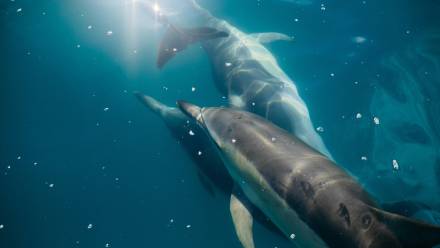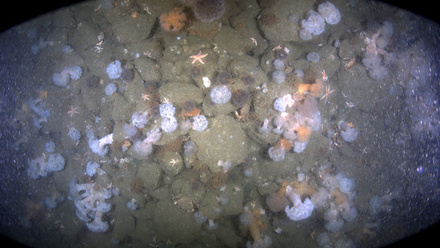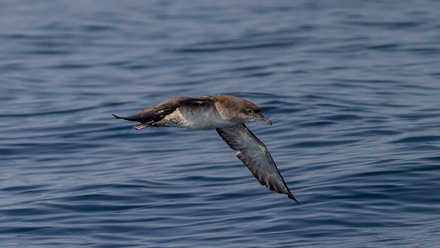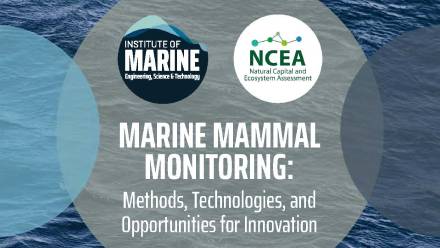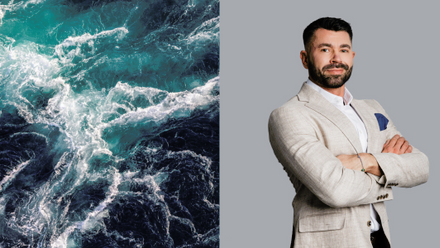Underwater noise pollution tackled to help killer whales
Commercial ships support voluntary ‘slowdown’ in US waters to protect endangered species.
Environmental protection measures often come with the sharp edge of regulation, but as Quiet Sound, an initiative in the Pacific Northwest region of the USA, is proving, voluntary measures can also be effective. For the last two years, the arrival of endangered southern resident killer whales in Admiralty Inlet and Puget Sound, both in Washington, has triggered a voluntary slowing down of large commercial vessels, reducing the underwater noise reaching the whales by half.
“With only 72 southern resident killer whales remaining, we need to address all the stressors on the population,” says Rachel Aronson, the Program Director of Quiet Sound, which is part of the Washington Maritime Blue collective, pulling together government agencies, ports, tribes and other groups.
Ships produce underwater noise that makes it harder for the whales to find food and communicate by interfering with echolocation, the clicking noise that orcas make, which travels through the water and bounces back when it hits something.
“Scientists suggest that southern residents can lose several hours of hunting a day because of vessel noise and attempts to avoid vessels,” Aronson explains.
The voluntary slowdown began on October 6, 2024, after the whales were confirmed in Puget Sound on October 5, and will run through to January 12, 2025. Commercial vessels transiting the area are asked to reduce their speed when it is safe and operationally feasible to do so, with large cruise ships and container ships asked to slow their speeds to 14.5 knots, general cargo, bulkers and tankers to 11 knots and tugs running to 10 knots.
In the slowdown area, vessels are also asked to turn off ultrasonic anti-fouling systems to further reduce noise pollution in the frequencies that killer whales use to hunt and communicate. Participating vessels get a certificate of recognition.
Quiet Sound monitors underwater noise levels during and after the slowdown period with a hydrophone (an underwater microphone), records whale presence and reports that to mariners in real time through the Whale Report Alert System (WRAS) and uses AIS data and pilot feedback to track vessel participation for every transit through the slowdown area.
Making a quiet difference
The 2023-2024 season had a 71 percent participation, leading to a 50 percent reduction in noise. This is significant for the whales, which typically arrive in early September as they follow the return of salmon and steelhead to area rivers.
“The slowdown created 72 more minutes a day of time under 110dB, which has been recently identified as a ceiling for foraging success,” says Aronson. “That is, when it's louder than 110dB, the whales can't successfully hunt.”
The slowdown is focused on commercial cargo, container, bulker, tanker, and car carrier ships because they are the largest and loudest and cannot easily stop or turn away from a whale unlike recreational boaters. All vessels are encouraged to participate in the slowdown, and there is already some legislation, with Washington State extending the mandatory buffer zone around killer whales to 1,000 yards from 2025.
“When our coalition of tribes, government, maritime commerce and conservation groups was formed in 2021, we saw the opportunity to address a gap by giving large working vessels the tools and information they needed to be safer around endangered whales,” ends Aronson, who says the slowdowns quieted the waters for the whales thanks to “strong cooperation from the maritime sector”.
Read more about the Quiet Sound project.
Join IMarEST’s Marine Mammals Special Interest Group to discuss similar topics.
Image: an endangered southern resident killer whale in Washington State; credit: Shutterstock.
Tell us what you think about this article by joining the discussion on IMarEST Connect.

